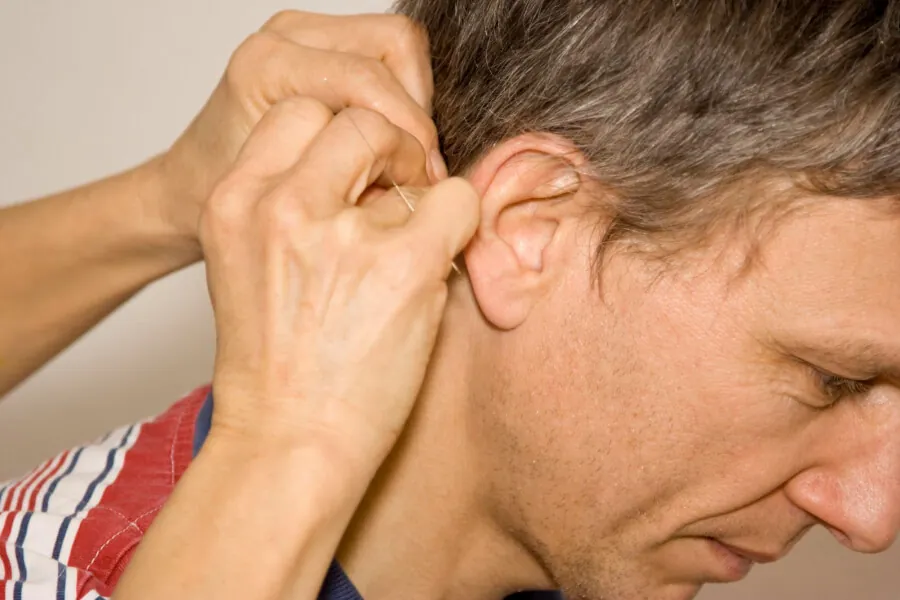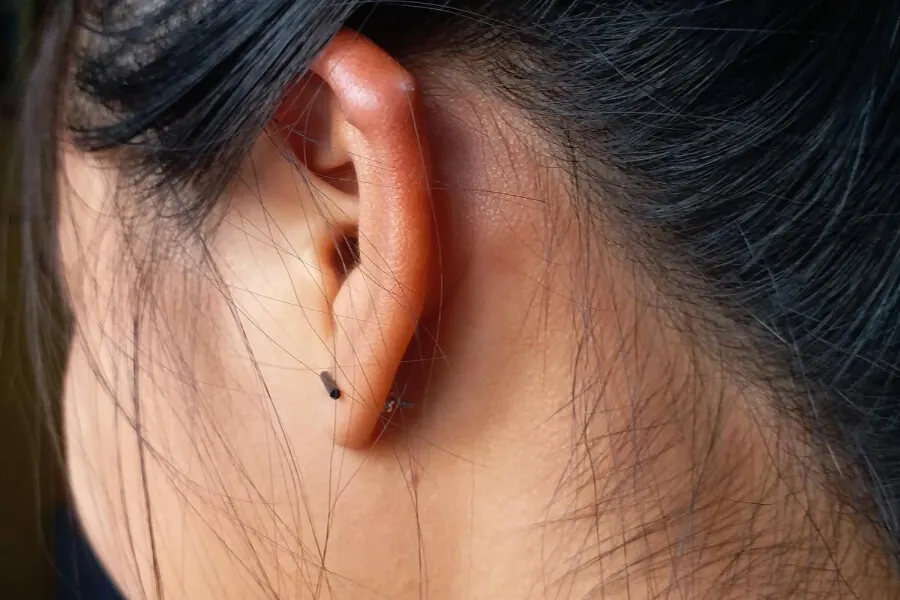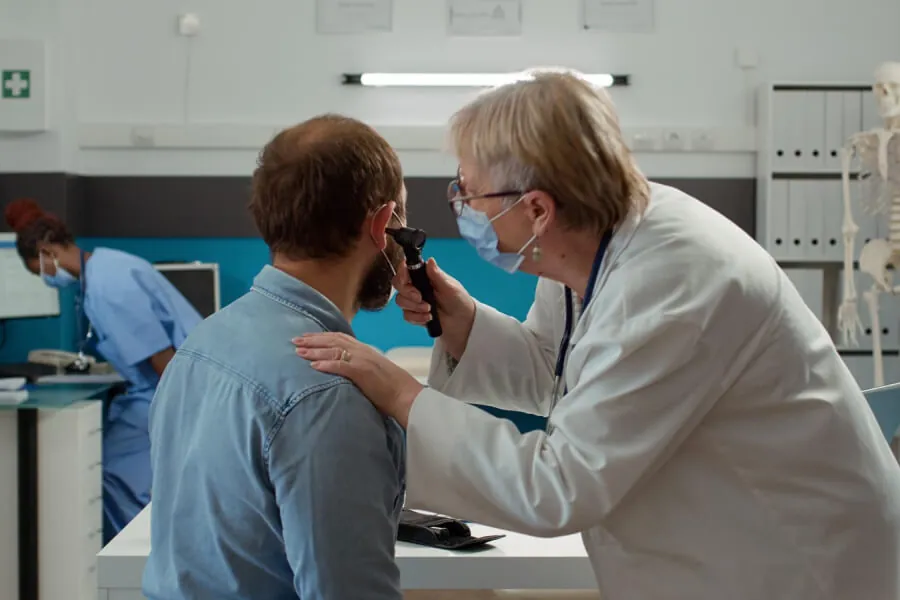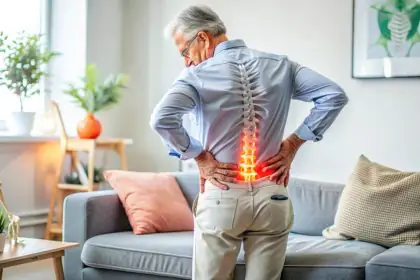When it comes to skin conditions, distinguishing between Pimples in Ear and ear cysts can be perplexing. Both can be unsightly and uncomfortable, but they have different causes, treatments, and implications. This comprehensive guide aims to demystify these two conditions, helping you understand the key differences and how to manage each effectively.
Understanding the Differences Between Pimples and Ear Cysts
Before diving into the specifics, it’s crucial to understand the fundamental differences between Pimples in Ear and ear cysts. While both may appear as lumps on the skin, they have distinct characteristics and require different approaches for treatment.
What are Pimples?
Pimples in Ear, also known as acne, are small inflamed spots that often occur when hair follicles become clogged with oil and dead skin cells. They are most common on the face, back, chest, and shoulders but can appear anywhere on the skin.
Types of Pimples in Ear
- Whiteheads: Closed clogged pores.
- Blackheads: Open clogged pores.
- Papules: Small red, tender bumps.
- Pustules: Papules with pus at their tips.
- Nodules: Large, painful lumps beneath the surface of the skin.
- Cysts: Painful, pus-filled lumps beneath the surface of the skin, similar to boils.
What are Ear Cysts?
Ear cysts, on the other hand, are sac-like pockets of tissue that can be filled with fluid, pus, or other material. They typically develop in the ear canal or behind the ear and are usually non-cancerous.
Types of Ear Cysts
- Epidermoid Cysts: Small bumps that develop just beneath the skin.
- Sebaceous Cysts: Cysts that form in the sebaceous glands.
- Branchial Cleft Cysts: Congenital cysts that can appear on the side of the neck or just below the collarbone.
- Cholesteatomas: Abnormal skin growth in the middle ear behind the eardrum.
Causes and Triggers of Pimples and Ear Cysts
Understanding the causes of these conditions can help in their prevention and treatment. Though both can be influenced by genetics, hormones, and hygiene, the specifics differ significantly.
Possible Causes of Pimples in Ear
- Hormonal Changes: Especially during puberty, menstruation, or pregnancy.
- Genetics: Family history of acne.
- Diet: High-glycemic foods and dairy products.
- Stress: Can increase the production of cortisol, leading to more oil production.
- Hygiene: Poor skincare routine or using comedogenic products.
Potential Triggers for Ear Cysts
- Infections: Chronic ear infections can lead to cyst formation.
- Congenital Factors: Some cysts are present from birth.
- Skin Trauma: Injuries or surgeries around the ear can cause cysts.
- Sebaceous Gland Blockage: Blockage in the oil-producing glands.
Symptoms and Signs to Differentiate between Pimples and Ear Cysts
Recognizing the symptoms of Pimples in Ear and ear cysts is essential for appropriate treatment. While both can cause discomfort, their symptoms often differ.
Common Symptoms of Pimples in Ear
- Redness and Swelling: Around the affected area.
- Pain and Tenderness: Particularly with deeper nodules and cysts.
- Pus Formation: Pustules and cystic acne may contain pus.
- Scarring: Severe acne can lead to permanent scars.
Identifying Signs of Ear Cysts
- Painless Lumps: Most ear cysts are painless unless infected.
- Swelling and Redness: In cases of infection or inflammation.
- Discharge: If the cyst ruptures, it may release a foul-smelling discharge.
- Hearing Issues: Large cysts can sometimes affect hearing.
Treating Pimples and Ear Cysts: Effective Methods
Treatment for Pimples in Ear and ear cysts varies greatly due to their different nature. It is important to follow suitable methods to prevent complications.
Safe Treatment Options for Pimples
- Topical Treatments: Benzoyl peroxide, salicylic acid, and retinoids.
- Oral Medications: Hormonal therapies, and isotretinoin for severe cases.
- Lifestyle Changes: Proper skincare routine, healthy diet, and stress management.
- Professional Treatments: Chemical peels, laser therapy, and extraction by a dermatologist.
Recommended Approaches for Ear Cyst Removal and Management
- Observation: Small, asymptomatic cysts may not require treatment.
- Incision and Drainage: For infected or large cysts causing discomfort.
- Surgical Removal: Ensures complete removal, reducing the risk of recurrence.
Prevention Tips for Pimples in Ear and Ear Cysts
Prevention plays a crucial role in managing both Pimples in Ear and ear cysts. By following certain guidelines, you can minimize the risk of developing these conditions.
Preventative Measures for Pimples
- Regular Cleansing: Use non-comedogenic products and avoid over-washing.
- Healthy Diet: Reduce intake of high-glycemic foods and dairy.
- Avoid Picking: Picking at Pimples in Ear can cause infection and scarring.
- Stress Management: Practice relaxation techniques to reduce stress.
Avoiding Ear Cyst Development
- Maintain Ear Hygiene: Clean ears regularly without using sharp objects.
- Avoid Trauma: Protect ears from injuries and infections.
- Monitor Chronic Infections: Treat ear infections promptly to prevent cyst formation.
- Regular Check-ups: Visit a healthcare provider for persistent ear issues.
When to Seek Medical Attention for Pimples and Ear Cysts
While many cases of Pimples in Ear and ear cysts can be managed at home, certain signs necessitate professional medical advice.
Signs to Consult a Dermatologist for Pimples
- Persistent Acne: If Pimples in Ear do not improve with over-the-counter treatments.
- Severe Acne: Large, painful nodules or cysts.
- Scarring: Early intervention can prevent permanent scars.
- Emotional Impact: If acne affects your self-esteem or mental health.
When to Seek Professional Help for Ear Cysts
- Pain and Discomfort: Persistent pain or discomfort around the ear.
- Infection Signs: Redness, swelling, and discharge indicating infection.
- Hearing Impairment: If the cyst affects your hearing.
- Rapid Growth: Any cyst that grows quickly or changes in appearance.
Conclusion
Understanding the differences between pimples and ear cysts is essential for proper treatment and management. By recognizing the symptoms, causes, and appropriate treatments for each, you can effectively address these skin conditions and seek professional help when necessary. Remember, maintaining good hygiene, a healthy lifestyle, and regular check-ups can significantly reduce the risk of developing both pimples and ear cysts.
FAQs
Can Pimples Turn into Ear Cysts?
No, pimples and ear cysts are different entities. A pimple is an inflammation of a hair follicle or pore, while an ear cyst is a sac-like pocket of tissue that can develop in various parts of the ear.
Do Pimples and Ear Cysts Have Different Root Causes?
Yes, pimples are primarily caused by clogged pores and hormonal changes, while ear cysts can result from infections, congenital factors, or skin trauma.
How Can I Prevent Ear Cysts if I Have a History of Ear Infections?
Maintain good ear hygiene, avoid inserting objects into your ears, and seek prompt treatment for any ear infections to reduce the risk of cyst formation.
Are Ear Cysts Dangerous?
Most ear cysts are benign and harmless. However, if they become infected or grow large enough to impact hearing, medical intervention may be necessary.
What is the Best Treatment for Severe Pimples?
For severe acne, a combination of prescription medications such hormonal therapies, or isotretinoin, along with professional treatments like laser therapy or chemical peels, can be effective.







